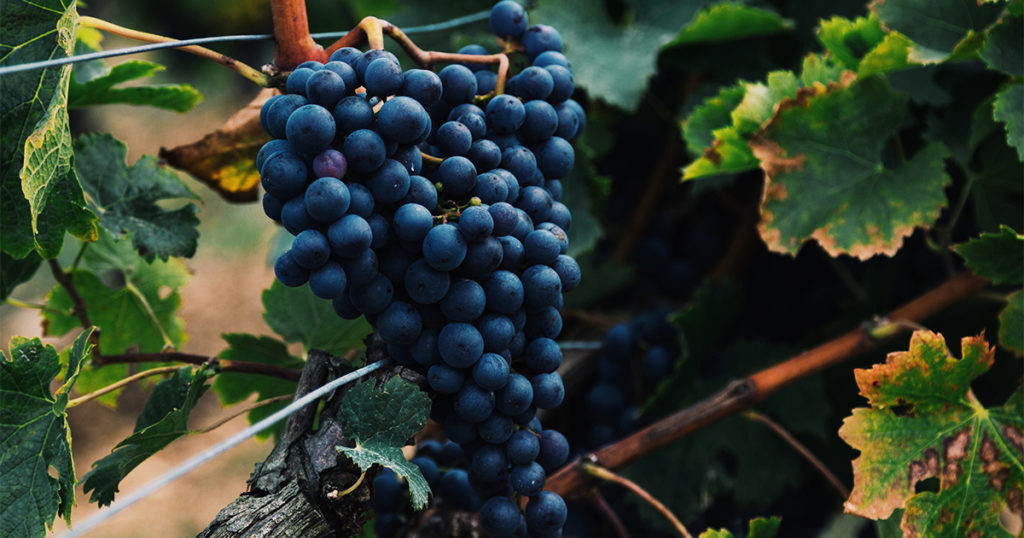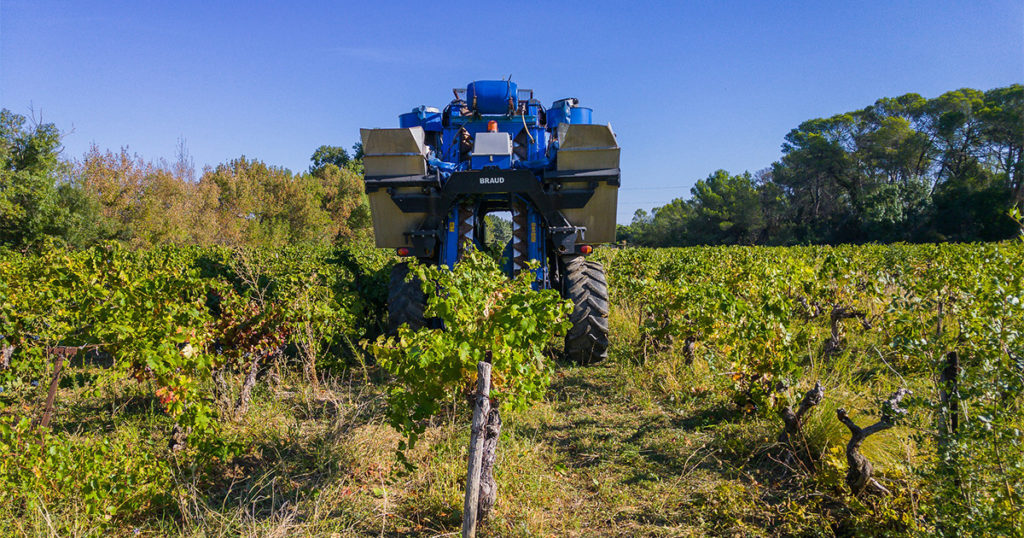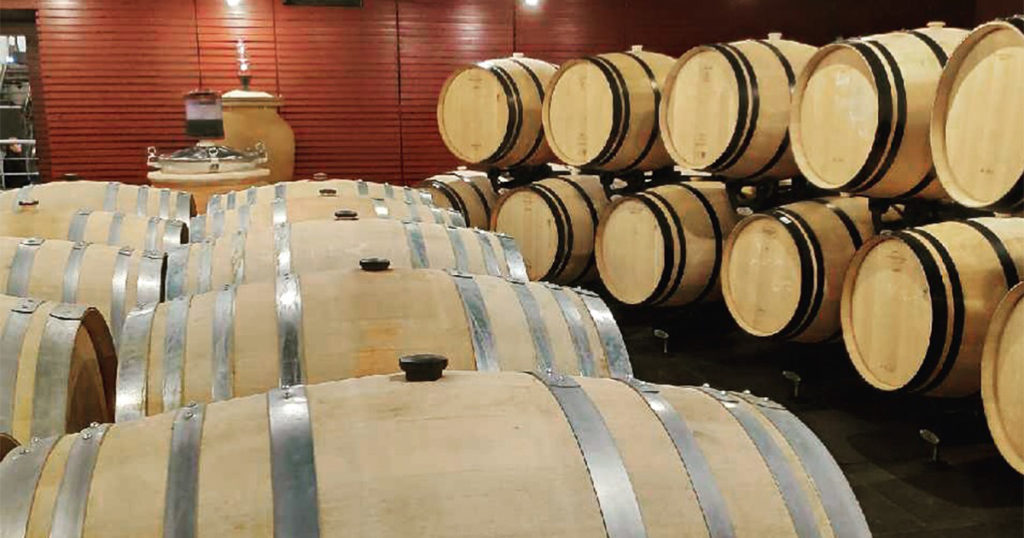How to make red wine? After centuries of elaboration of this famous nectar, techniques have evolved. Although wine is produced in many different countries, the technique of creation remains largely the same.
Following the grape harvest, called the harvest, the grains of this fruit go through different stages before becoming red wine and being bottled.
In this article, we will therefore answer the following questions:
- How to make red wine?
- What are the main stages in the creation of red wine?
- What are the specificities that make a wine can be different?
So let’s start with the first step:
Grape selection
First of all, it is obviously necessary to choose the variety of grape that you want to grow. This very first step is really important, because it is the choice of grapes that will greatly define the taste of the wine. The variety of a grape is called a varietal.

There are thousands of varieties of grapes. The choice may seem difficult at first, but in reality, a large majority of grape varieties are not used to make wine, because the wines would be less good. For example, in France, 210 grape varieties are used, of which only 10 represent 70% of the vines planted.
Once the variety is planted and cultivated, it offers the famous grapes and leaves room for harvest.
Harvest
The grape harvest is simply the harvesting of the grapes. However, some details are to be taken into account:
- The harvest date is not chosen at random; too early, the grapes could be too acidic and lacking in sugar; too late, they could be too sweet and lack the acidity necessary for a good wine.
- The weather can sometimes be capricious; frost can destroy the vines, very heavy rain can waterlog the grapes, not to mention the diseases that can appear due to the climate!
- Not all grapes ripen at the same speed, it you have to go through the rows of vines several times to harvest at the right time.
The harvest is done either by hand or by machine. By hand, the selection of the grapes will be more careful, but obviously longer. With the machine, we will save time and money, but we will sort the grapes on a sorting table, not to mention that we damage the vineyard and that not all the land is passable by the machines.

Once the harvest is over and the grapes have been selected, we can finally make our wine!
How is red wine made
So we have in order of creation:
I. Destemming and crushing
In this first step, the grapes are separated from their bunches, so as not to give the wine a grassy and unpleasant taste. Then, we crush it (we “break” the grains to release a little juice).
II. Maceration
All the grapes are left to macerate in their juice for a few days. The contact of the juice with the skins of the grape gives it its color.
III. Punching down or pumping
During the maceration, the solid matter (skin and pips) rise to the surface and form a thick, solid cap. It must therefore be “broken” to give the juice more color, tannin and taste. To do this, you can break it with a big stick and push it into the juice (we talk about trapping), or simply bring the juice up to water the cap and thus make it flow (we talk about “reassembly”).

IV. Alcoholic fermentation
We add yeast to the juice, which, mixed with the sugar in the juice, will create the alcohol! Yeasts are naturally present in grapes, but some winemakers still prefer to add their own yeasts
V. Racking
The wine and the marc (all deposits: pips, skins, etc.) are separated. We obtain a wine called vin degoute. We will then press the marc soaked in wine to recover the press wine (this wine will be more tannic and more colorful than the other).
VI. Blend
In this step, we can mix the different grape varieties that we have fermented. You can also mix free run wine and press wine for more homogeneity.
VII. Aging
Finally, the wine will be placed in barrels or vats to age it. Aging a wine simply means letting it rest for a few months so that the aromas and structure of the wine stabilize. A wine aged longer (more than a year) will generally give wines for laying down.
VIII. Sulphiting, fining, filtration…
From this moment on, each castle more or less has its own method. One can, for example, add sulfur to wine (sulfiting) to better preserve it by avoiding oxidation. The winemaker can also make a “collage”, that is to say, use a substance of protein origin such as egg white, which allows the wine to be filtered, to make it more brilliant. It can also filter it to eliminate the last residues.
IX. Bottling of wine
We bottle the wine. From that moment you can either put the bottle up for sale or continue aging the wine in the bottle.
The method explained here is an excellent guide to understanding how to make red wine. Each château will have its own elaboration, giving its wine its own identity. We can therefore find in some regions additional stages, or even fewer stages. Also the order of some steps may vary in some castles.

The stages of creation of white wine and other wines are essentially the same. The stages are not all the same, which offers different wines from red wines.
In short, how to make red wine
Red wine is an alcohol produced from red (or black) grapes. We remove the stalk to have only the grains. Then the juice, the skin, the pips and the flesh of the grapes are left to macerate in fermentation tanks for a few days. The solids are separated from the wine and then aged in barrels or vats for a few months; to develop aromas and tannins. Finally, we bottle the wine, it is ready to be tasted!